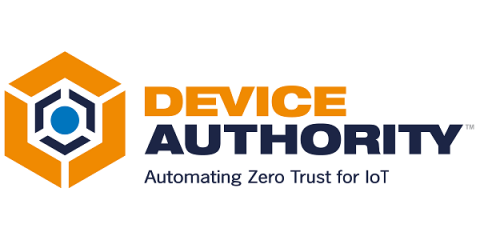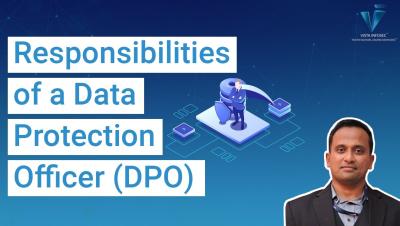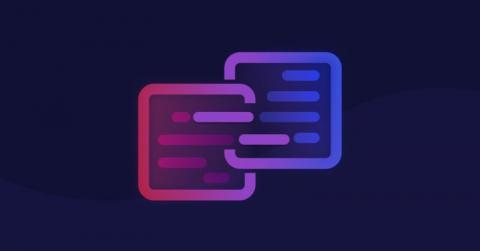AI-Enhanced Cyber Attacks Top the List of Potential Threats Facing Data Security
AI is quickly becoming the basis for more cyber attacks, leading organizations to realize the risk it presents. A new report now shows that AI-enhanced cyber attacks are now the top concern of security leaders. I recently wrote about how prolific ransomware attacks are and what the outcomes were for those experiencing attacks. In the same report - GetApp’s 2024 Data Security report – I also found some interesting data around where AI sits in the list of concerns for cybersecurity leaders.











